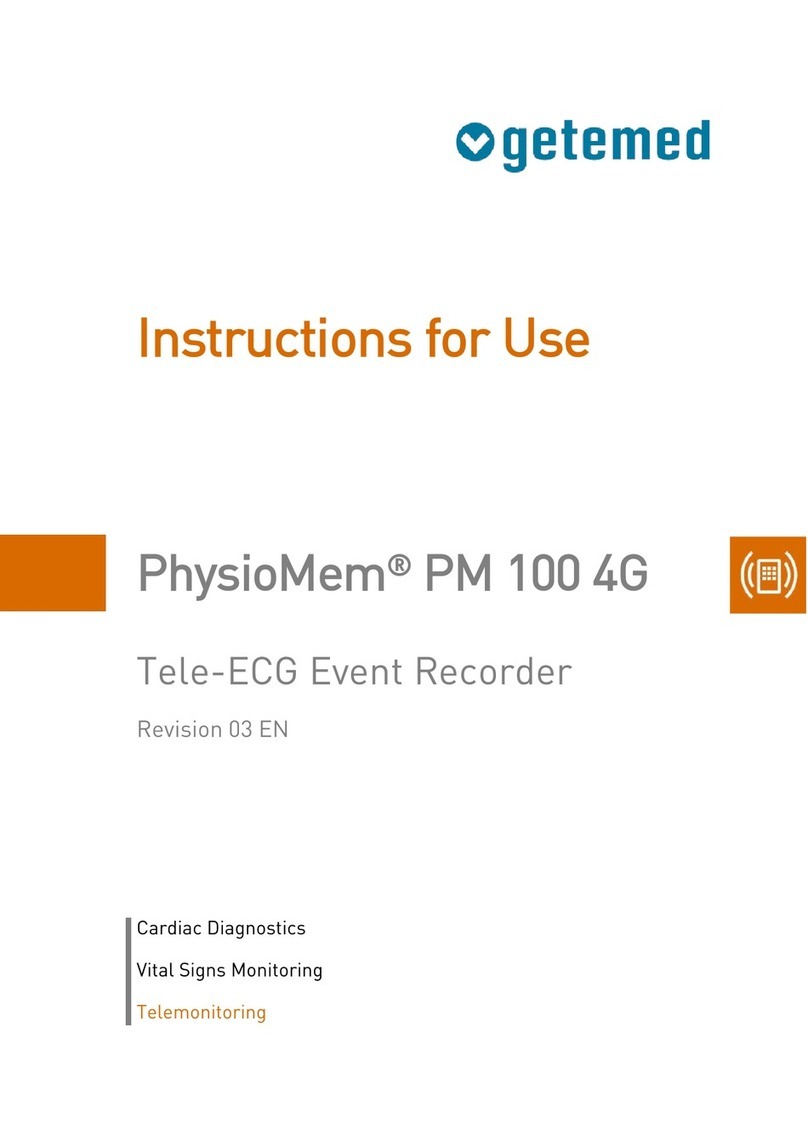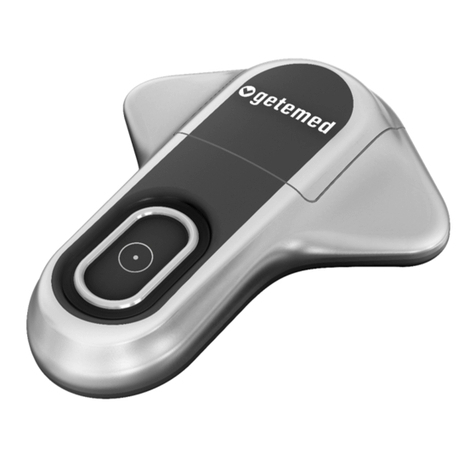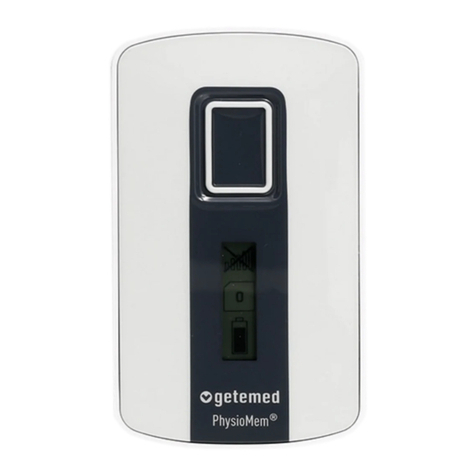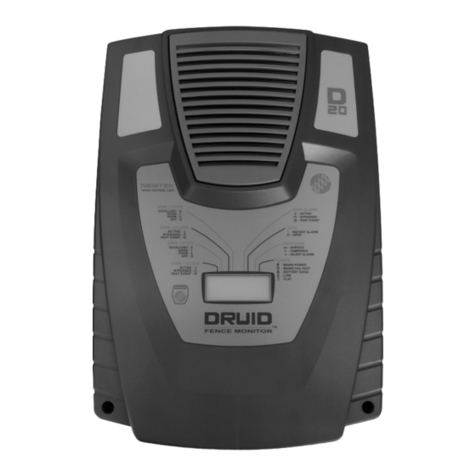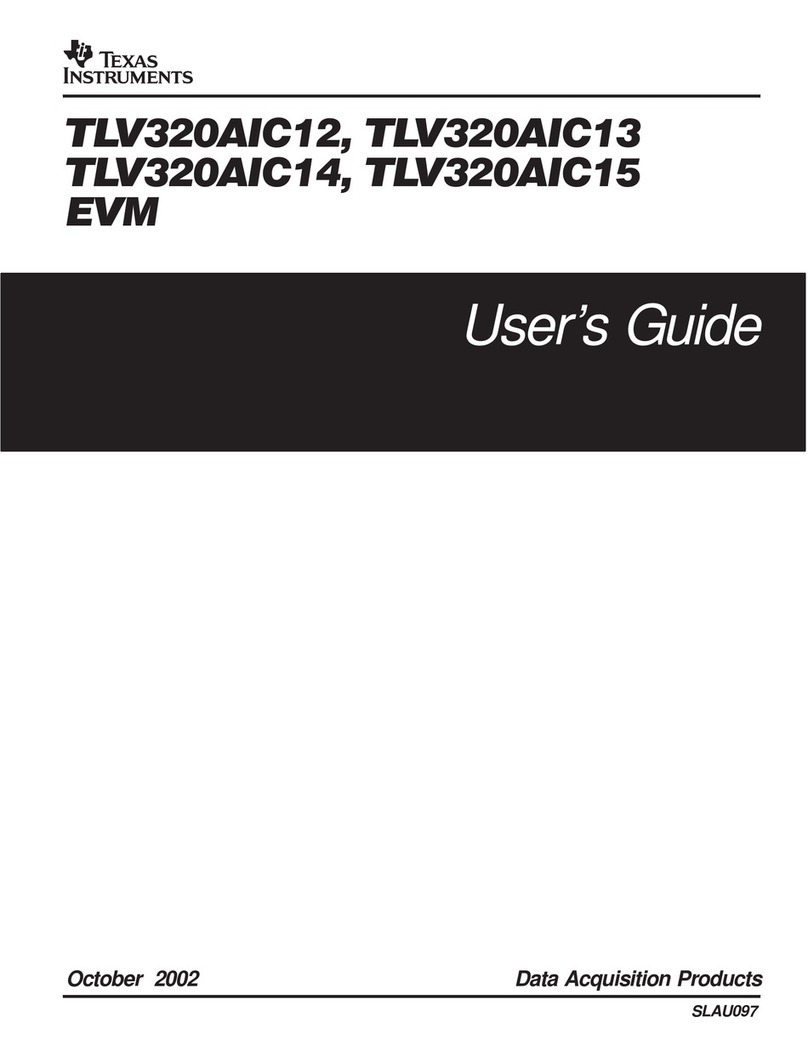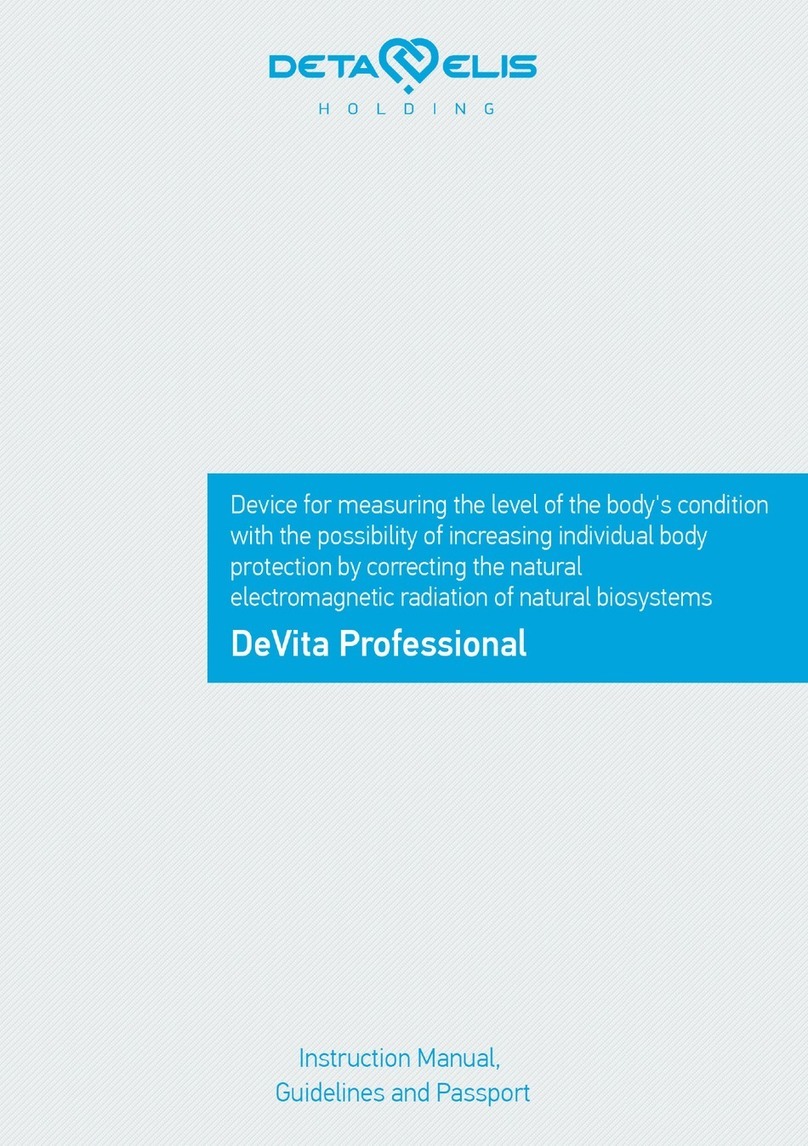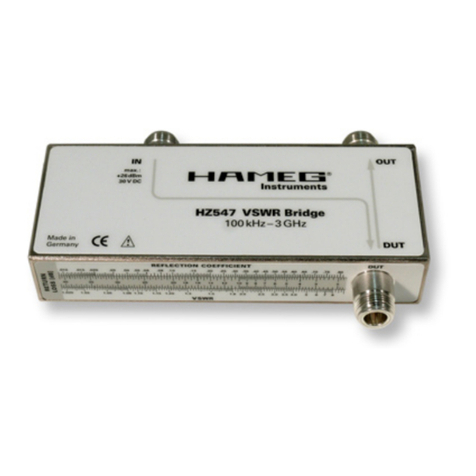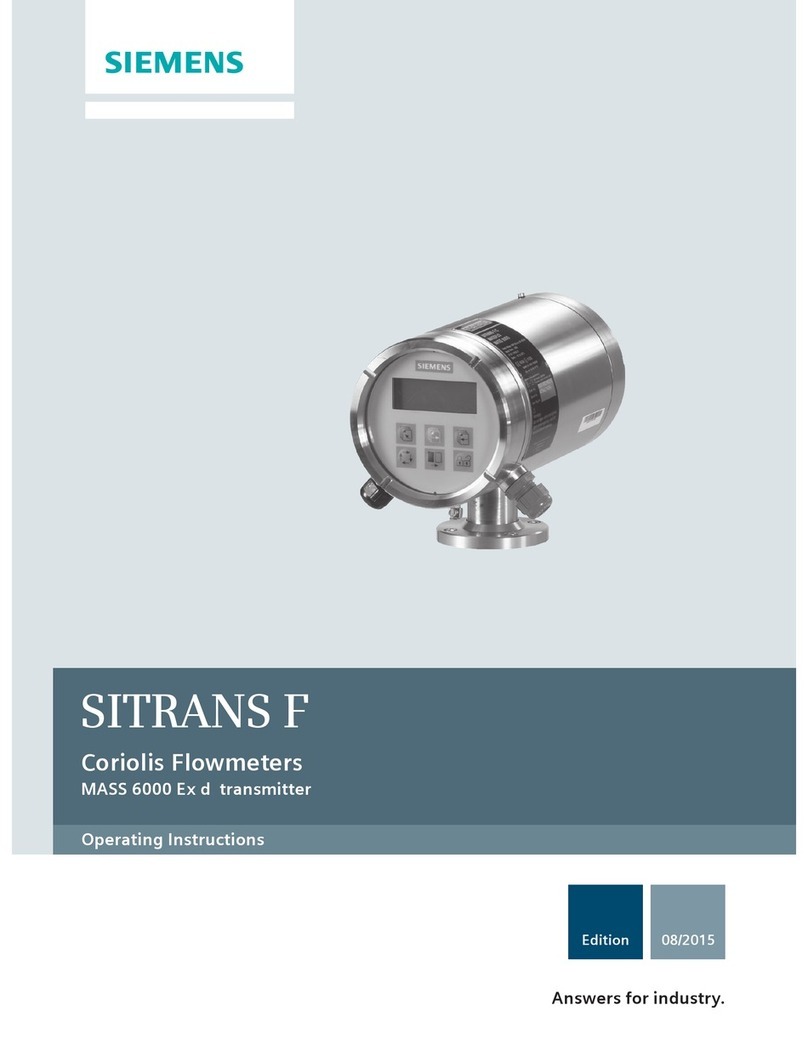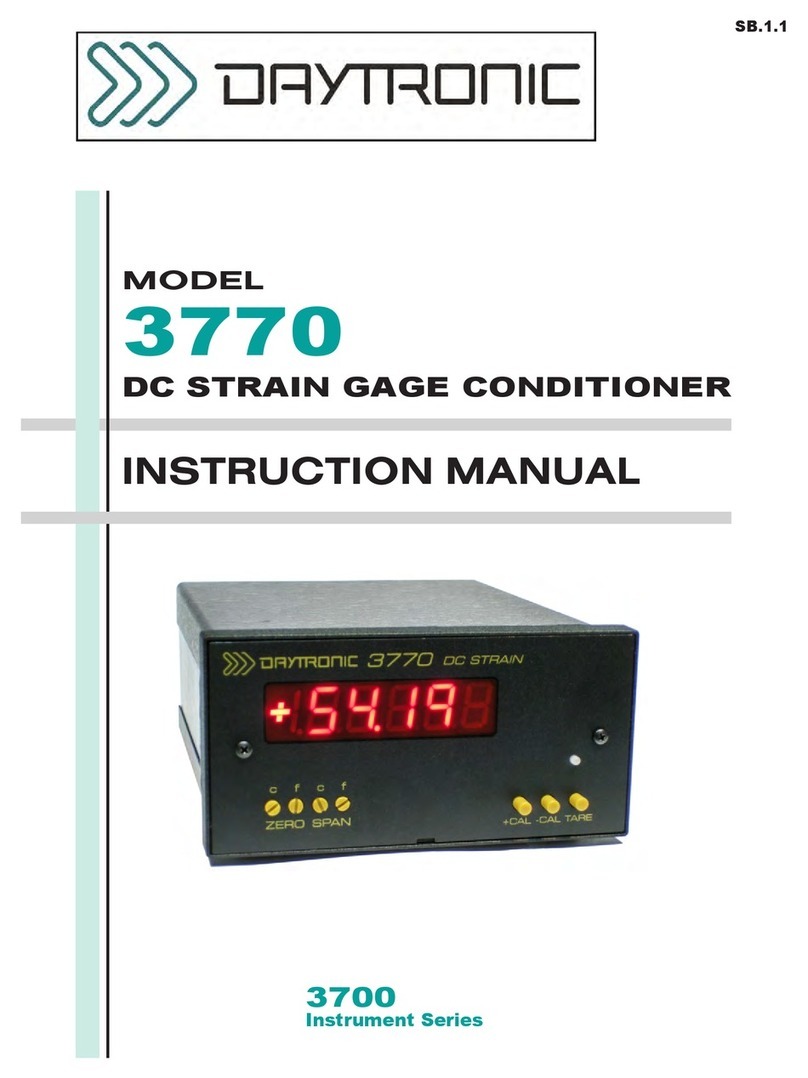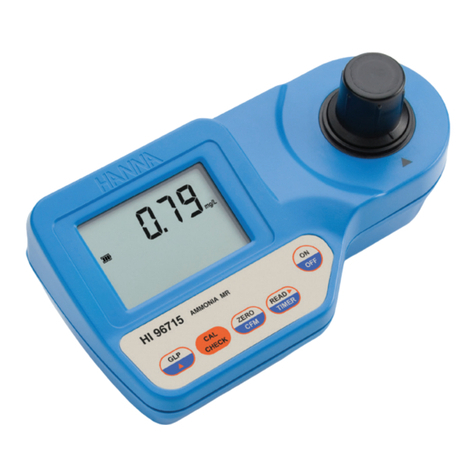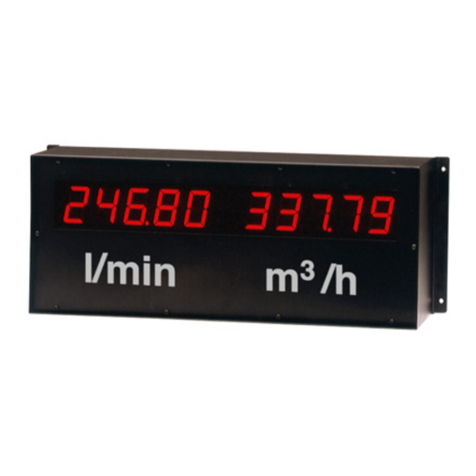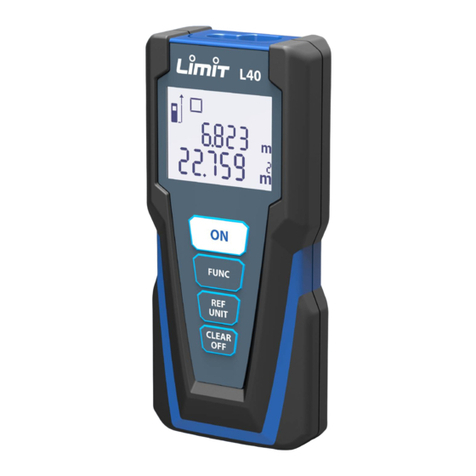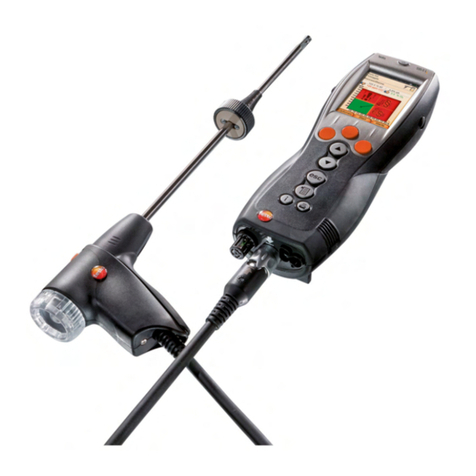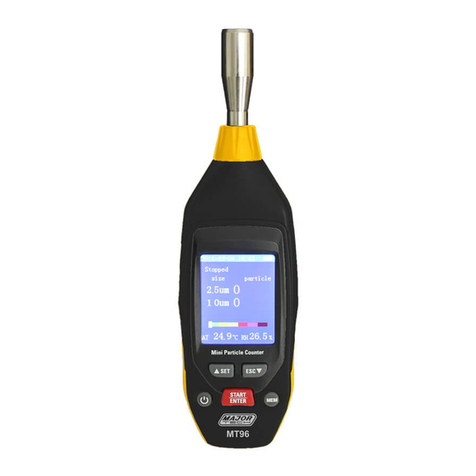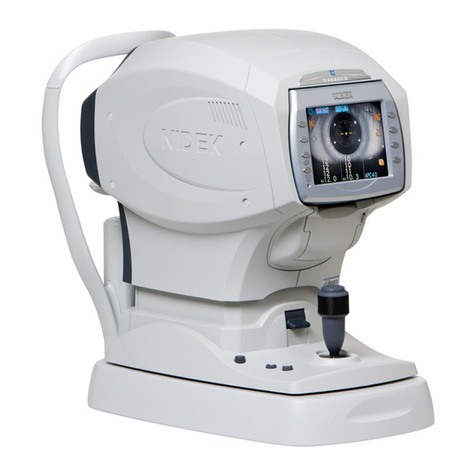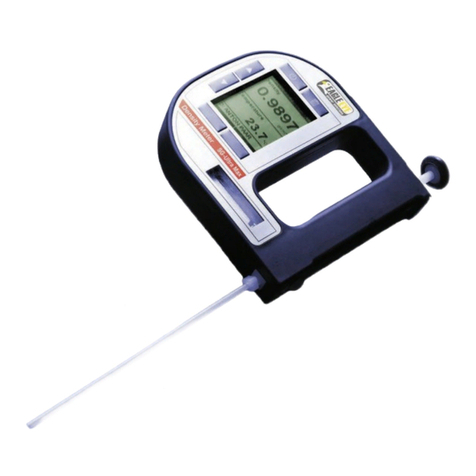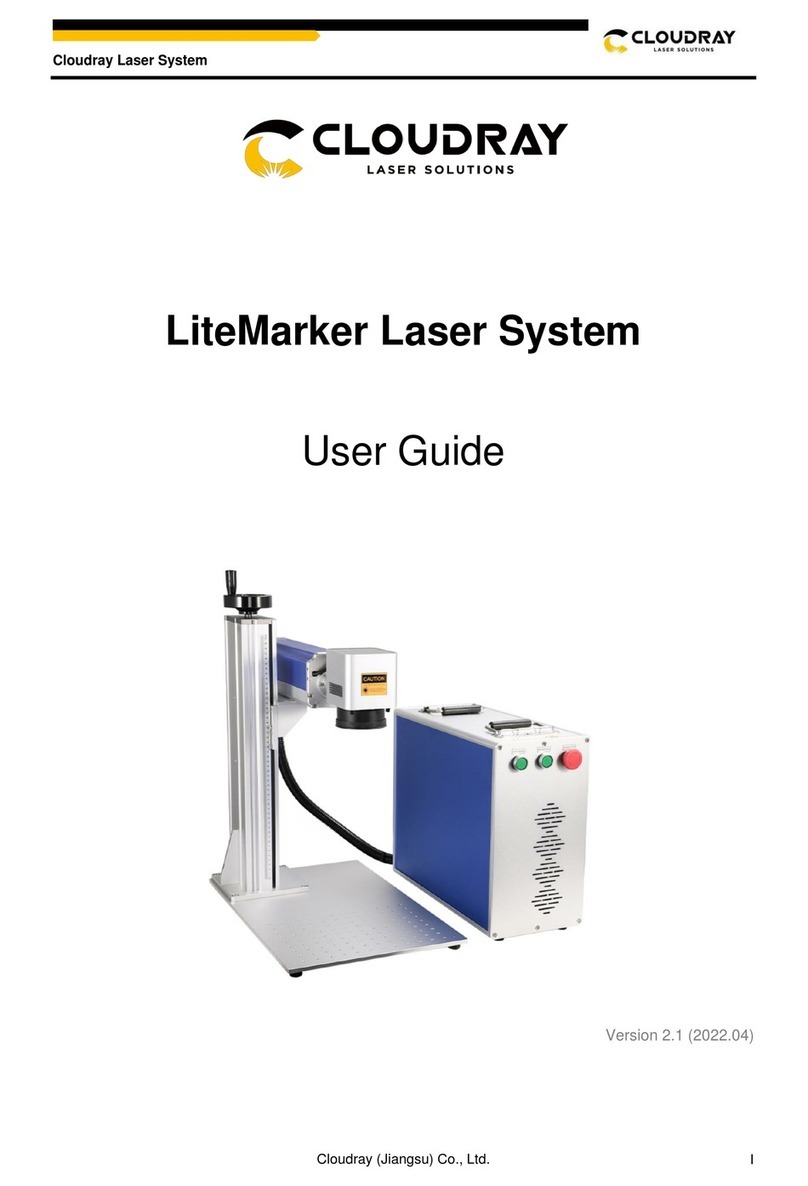getemed PhysioMem PM 1002G User manual

Cardiac Diagnostics
Vital Signs Monitoring
Telemonitoring
Operating Manual
Instructions d'utilisation
PhysioMem®PM 100 2G
Tele-ECG Event Recorder
Télé-enregistreur d'événements ECG


77811022 PhysioMem®PM 100 2G
iii
Content
1Intended Use, Indications and Mode of Operation.................................... 5
1.1 Intended Use....................................................................................... 5
1.2 Indications........................................................................................... 5
1.3 Mode of Operation .............................................................................. 6
2CE Compliance, Device Labels and Packaging Label .............................. 7
2.1 CE Compliance ................................................................................... 7
2.2 Product and Package Information..................................................... 8
2.3 Additional Symbols on the Packaging Label................................... 10
3Safety and Reliability................................................................................ 11
3.1 Definitions......................................................................................... 11
3.2 General Warnings............................................................................. 12
3.3 General Cautions.............................................................................. 13
3.4 Safety and Reliability Only with Proper Maintenance..................... 15
3.5 Cleaning the Recorder and Accessories......................................... 16
3.6 Disposing of the Device, Batteries, and Accessories ..................... 17
3.7 Established Medical Practices ........................................................ 17
3.8 Manufacturer Responsibility............................................................ 17
4Control Elements, Putting into Operation............................................... 18
4.1 Control Elements ............................................................................. 18
4.2 Putting into Operation, Fully Charging the Battery ........................ 19
5Recording and sending an ECG ............................................................... 24
5.1 How and where you apply the device............................................... 24
5.2 Recording an ECG ............................................................................ 25
5.3 Sending an ECG Recording.............................................................. 27
5.4 Switching off the Device................................................................... 29
6The System of PhysioMem and ReSTA.................................................... 30
6.1 Overview............................................................................................ 30
6.2 ECG Report ....................................................................................... 31
7Meaning of Display Symbols and Audible Notifications ......................... 34
7.1 Display Symbols ............................................................................... 34
7.2 Audible Notifications ........................................................................ 36

PhysioMem®PM 100 2G 77811022
iv
8Troubleshooting........................................................................................ 37
8.1 Symptom, Cause, and Recommendation ......................................... 37
8.2 Error Codes Displayed...................................................................... 38
9Accessories, Ordering Information.......................................................... 39
10 Specifications............................................................................................ 40
10.1 Classification..................................................................................... 40
10.2 General.............................................................................................. 40
10.3 ECG and Heart Rate.......................................................................... 40
10.4 Data Transfer.................................................................................... 41
10.5 Operation Conditions........................................................................ 41
10.6 Storage and Transport Conditions................................................... 41
10.7 Charging Pad .................................................................................... 41
10.8 Scope of Delivery .............................................................................. 42
10.9 EMC Specifications according to IEC 60601-1-2............................. 42
10.9.1 General Specifications, Table 201................................ 42
10.9.2 General Specifications, Table 202................................ 43
10.9.3 Non Life-Sustaining Systems, Table 204 .................... 45
10.9.4 Recommended Separation Distances, Table 206 ....... 47

Intended Use, Indications and Mode of Operation
77811022 PhysioMem®PM 100 2G 5
1Intended Use, Indications and Mode of
Operation
These operating instructions are intended for medical doctors and
medical personnel.
1.1 Intended Use
The PM 100 device is a two-channel cardiac event recorder for
transmitting multiple event recordings via cellular telephony net-
works to a compatible receiving system, such as ReSTA from
GETEMED.
The device is intended for patient activated recordings.
The PM 100 is intended to be used in both home environments and
clinical environments. Home environments include urban/suburban/
rural, school/office/retail environments, and vehicles like trains and
cars. Airplanes are excluded as long as the use of cellular radio
equipment is not allowed during flight. The device is battery-driven
and utilizes a FLASH memory to store ECG data. The PM 100 is not
intended to be used as a critical care monitoring system and should
not be used in emergency situations.
1.2 Indications
The PM 100 is indicated for the diagnostic evaluation of adult and
pediatric (over 10 kg body weight) patients with asymptomatic and
symptomatic disturbances of the cardiac rhythm and for the evalua-
tion of recurrent unexplained episodes of racing heart, syncope, pal-
pitations or dizziness.
Patients with an age of less than 14 years need support from adults.
The device is not indicated for patients whose clinical condition re-
quires continuous monitoring of vital physiological parameters,

Intended Use, Indications and Mode of Operation
PhysioMem®PM 100 2G 77811022
6
where the nature of variations is such that it could result in immedi-
ate danger to the patient.
The device is not indicated for patients with an implanted cardiac
pacemaker or ICD.
1.3 Mode of Operation
The patient places the device on his chest and activates the
recording by pressing the button. The device records short ECG
strips and transfers them to a central receiving system.
The transmission takes place wirelessly via the integrated GSM
module. The PhysioMem PM 100 is not intended for recording and
transferring of real-time data. Depending on the availability of the
GSM or other networks (e.g., the Internet), the transmission of the
data can be delayed.
The device runs on a rechargeable battery and stores ECG data in a
non-volatile FLASH memory.

CE Compliance, Device Labels and Packaging Label
77811022 PhysioMem®PM 100 2G 7
2CE Compliance, Device Labels and
Packaging Label
The following section explains the symbols used with the recorder.
2.1 CE Compliance
The CE Mark and Notified Body Registration Number signifies the
device has met all essential requirements of European Medical
Device Directive 93/42/EEC.
The CE Mark signifies the device meets all essential requirements of
the Radio Equipment Directive 2014/53/EU.

CE Compliance, Device Labels and Packaging Label
PhysioMem®PM 100 2G 77811022
8
2.2 Product and Package Information
The labels show the name and address of the manufacturer along
with the product and model identification.
Fig. 1. Device label of the recorder
Fig. 2. Device label of the charging pad

CE Compliance, Device Labels and Packaging Label
77811022 PhysioMem®PM 100 2G 9
The symbols have the following meanings:
Observe the information in the operating
manual for proper use of the device.
Follow Instructions for Use. Read and under-
stand the operator's manual before using the
device or product.
REF (reference) number to identify and order
the product.
Serial number
The heart symbol informs clinicians that the de-
vice is classified as “cardiac floating” (CF) and that
it is NOT protected against defibrillation.
IP64 The ingress protection classification of the
PhysioMem is IP64, whereby:
6 = dustproof
4 = protected against splashing water
IP21 The ingress protection classification of the
charging pad is IP21, whereby
2 = protected against objects > 12.5 mm
1 = protected against dripping water
The symbol indicates that the device has an
integrated lithium polymer LiPo rechargeable
battery.
This symbol indicates that you must dispose
of the device properly. Further information is
provided in the section “Disposing of the De-
vice, Batteries, and Accessories” on page 17.

CE Compliance, Device Labels and Packaging Label
PhysioMem®PM 100 2G 77811022
10
Below the solid factory symbol is the year in
which the device was manufactured.
Next to the solid factory symbol is the name
of the manufacturer.
Non-ionizing electromagnetic radiation
2.3 Additional Symbols on the Packaging Label
The upper and lower temperature limits al-
lowed for the device`s storage and shipping
The upper and lower humidity limits allowed
for the device´s storage and shipping
Keep dry.
Maximum stack size: 10 packages
Handle with care., fragile

Safety and Reliability
77811022 PhysioMem®PM 100 2G 11
3Safety and Reliability
Carefully read this manual. It contains important
information.
3.1 Definitions
The terms “warning” and “caution” are used throughout this manual
to point out hazards and to designate a degree or level of serious-
ness. Familiarize yourself with their definitions and significance.
Hazard is defined as a source of potential injury to a person.
WARNING indicates a potential hazard or unsafe practice which, if
not avoided, could result in death or serious injury.
CAUTION indicates a potential hazard or unsafe practice which, if
not avoided, could result in minor personal injury or damage to the
product or property.
NOTE provides application tips or other useful information to assure
that you get the most from your equipment.
With this symbol, the physician finds special
information or notes.

Safety and Reliability
PhysioMem®PM 100 2G 77811022
12
3.2 General Warnings
WARNING
MIXING UP RECORDINGS– The patient’s life or health may be put at
risk if the patient is assigned a different patient’s ECG recording
thus resulting in an incorrectly assigned diagnosis.
Take special care to always select the correct examination and the
correct patient.
Before the device is given to another patient, check that there are no
more recordings stored on the device.
WARNING
STRANGULATION BY THE NECK LANYARD – Neck lanyards present
a possible strangulation risk.
Do not wear the device with the neck lanyard around your neck while
you are sleeping.
WARNING
RISK OF CONTAMINATION OR INFECTION – Recorder and accesso-
ries may be contaminated with bacteria or viruses after use.
If any contamination of the recorder or accessories has occurred,
observe the standard procedures for handling contaminated objects
and the following precautions:
Use protective gloves to handle the equipment.
Isolate the material by using suitable packaging and labeling.
Contact the addressee before sending the equipment.
Clean the recorder and accessories after every use. For infor-
mation refer to the section 3.5, page 16.

Safety and Reliability
77811022 PhysioMem®PM 100 2G 13
WARNING
NOT A MONITORING DEVICE – The PhysioMem PM 100 recorder is
not a monitoring device and is not intended for monitoring the clini-
cal condition of a patient.
Do NOT use the PhysioMem as a monitoring device.
WARNING
EXPLOSION HAZARD – Electrical sparks can cause explosions in
the presence of certain gases.
Do not use device in an oxygen-enriched environment or around oth-
er flammable or explosive gases.
Establish whether the patient is liable to be in such an environment,
possibly for job-related reasons.
WARNING
MALFUNCTION OF PACEMAKERS AND ICD – The PhysioMem PM 100
recorder has an integrated mobile transmission module. Active mo-
bile transmission devices in the close vicinity of pacemakers and im-
plantable cardioverters/defibrillators (ICD ) can cause malfunction-
ing of these devices.
3.3 General Cautions
CAUTION
While acquiring data do not use mobile phones or other electrical
devices close to PM 100 that may cause interference, such as com-
puters or electrical tools.

CE Compliance, Device Labels and Packaging Label
PhysioMem®PM 100 2G 77811022
14
CAUTION
Switch off the device in locations where the use of mobile network de-
vices is totally or at times forbidden (e.g., intensive care unit, plane).
CAUTION
The temperature of the recorder must not go below 5 °C or above 45 °C.
Do not expose the device to sudden temperature or humidity changes.
Quick changes in temperature or humidity can cause condensation. Then,
the correct functioning of the device can no longer be guaranteed.
CAUTION
Protect the device against mechanical damage by shocks, pressure
and scratches. Otherwise, the correct functioning of the device can no
longer be guaranteed.
CAUTION
Do not use the device if it has been damaged or has malfunctions.
CAUTION
In order to avoid a wrong assigning of ECG data, keep the device pro-
tected against unauthorized access by third persons.
CAUTION
When wearing the device, ensure that the electrodes do not contact
other conductive parts including earth.

Safety and Reliability
77811022 PhysioMem®PM 100 2G 15
3.4 Safety and Reliability Only with Proper Maintenance
CAUTION
Proper maintenance is vital for long-term safety and reliability of the
recorder. Each time before giving the recorder to a patient, visually
check the recorder for damage.
CAUTION
Safe and reliable operation of the device is only possible when using
the supplied and approved accessories.
CAUTION
INFECTION RISK – Returning parts and products that have not been
disinfected exposes our service personnel to a risk of infection.
For hygienic reasons and especially to help protect our service per-
sonnel, please disinfect the recorders before returning them to us
for inspection or maintenance.
CAUTION
If the device is not in use, switch it off and store it with care to pre-
vent accidental activation. This could result in incorrect ECG inter-
pretation. Also, switch off the device before shipping to prevent inad-
vertent data transmission.
CAUTION
Repairs must be carried out only by persons authorized by GETEMED.
If you find or even suspect a malfunction, send the device for testing to
GETEMED or a facility authorized by GETEMED. Please add a detailed
description of the observed malfunction.

Safety and Reliability
PhysioMem®PM 100 2G 77811022
16
3.5 Cleaning the Recorder and Accessories
Observe the following guidelines when cleaning the recorder and ac-
cessories:
Switch off the device before cleaning/disinfection.
Disinfect the recorder and the charging pad at regular intervals,
prior to first use, and before passing it on to another person.
Clean the recorder and the charging pad before performing sur-
face disinfection.
Use a lint-free cloth slightly moistened with water or a mild soap
solution to externally clean the recorder and carrying pouch.
CAUTION
Do not submerge the recorder or allow fluid to enter the recorder
under any circumstances.
Wash the storage pouch by hand at 30 °C (86°F). Do not machine
wash or dry the carrying pouch.
Use cleaning and disinfection agents only in accordance with the
manuf rect dilution factor.
GETEMED recommends disinfecting the device with a 70% alcohol
solution.
CAUTION
Do not use solvents such as ether, acetone, or petroleum ether;
such substances can damage the plastic of the device's housing.
CAUTION
Do not sterilize the recorder or accessories.

Safety and Reliability
77811022 PhysioMem®PM 100 2G 17
3.6 Disposing of the Device, Batteries, and Accessories
Electrical devices and accessories contain metal and plastic parts.
To avoid any adverse environmental impact, dispose of the device
and its accessories in accordance with applicable waste regulations.
If you have questions concerning the disposal of this product, con-
tact GETEMED or its representatives.
CAUTION
The symbol with the waste bin reminds you not to dispose of devices
that contain batteries together with normal waste. As the end user,
you are required to dispose of any batteries in accordance with local
and national regulations.
3.7 Established Medical Practices
Instructions listed in this manual IN NO WAY supersede established
medical practices concerning patient care. Under all circumstances,
proceed according to established medical practices.
3.8 Manufacturer Responsibility
The manufacturer is responsible for safety, reliability, and perfor-
mance only if the following conditions are met:
Assembly operations, extensions, readjustments, modifications,
or repairs are carried out by persons authorized by GETEMED.
PhysioMem 100 is used and stored in accordance with the infor-
mation given in this manual.

Control Elements, Putting into Operation
PhysioMem®PM 100 2G 77811022
18
4Control Elements, Putting into Operation
4.1 Control Elements
1
2
Fig. 3. Button and display
1Button for switching on and off and for starting a recording
2Display for the indication of operating modes and error codes
The four electrodes for the ECG lead are positioned on the back (Fig. 4)
of the recorder.

Control Elements, Putting into Operation
77811022 PhysioMem®PM 100 2G 19
Fig. 4. Back of the recorder with electrodes
4.2 Putting into Operation, Fully Charging the Battery
NOTE
If the ambient temperature is lower than 0 °C, the device should not
be charged.
The device has a built-in rechargeable battery, which is charged by
inductive coupling with the charging pad.
Before first use of the device, the battery has to be fully charged.
Use the USB cable to connect the included charging pad (Fig. 5) to
the power supply plug and connect this to the mains supply. Then
place the PhysioMem on the charging pad.

Control Elements, Putting into Operation
PhysioMem®PM 100 2G 77811022
20
Fig. 5. PhysioMem on the charging pad
To position the PhysioMem properly, use the indentations on the
charging pad and place the recorder's electrodes into these indenta-
tions.
After the PhysioMem has been switched on, the display of the
PhysioMem and an LED on the charging pad show that the battery
is being charged (see the table in section 7.1, page 34)
The green LED is lit as soon as the charging pad is connected to the
power supply system.
Fig. 6. Charging pad connected to power supply
On the left of the green LED, also the orange LED is lit if the
PhysioMem is placed on the charging pad. The orange LED
indicates that the battery is being charged.
Table of contents
Languages:
Other getemed Measuring Instrument manuals
